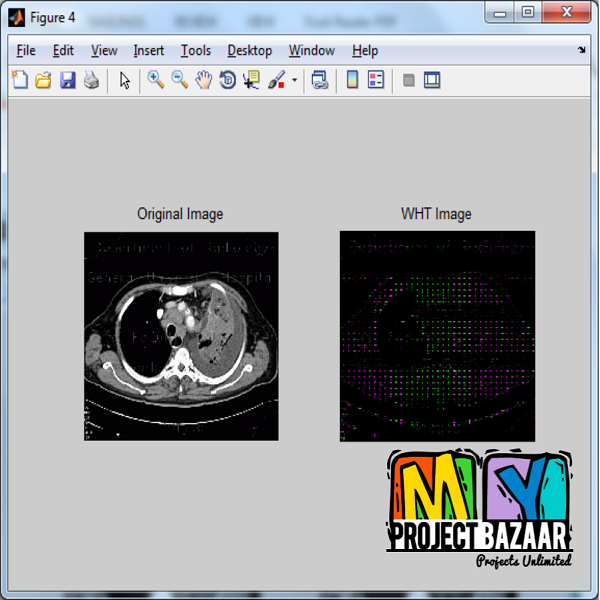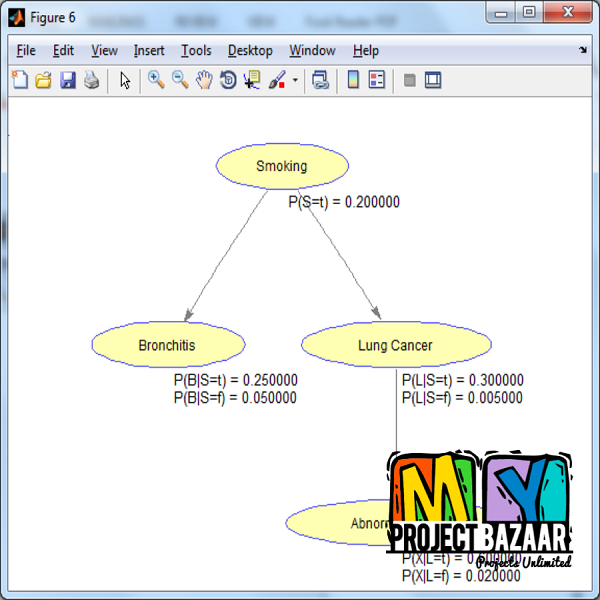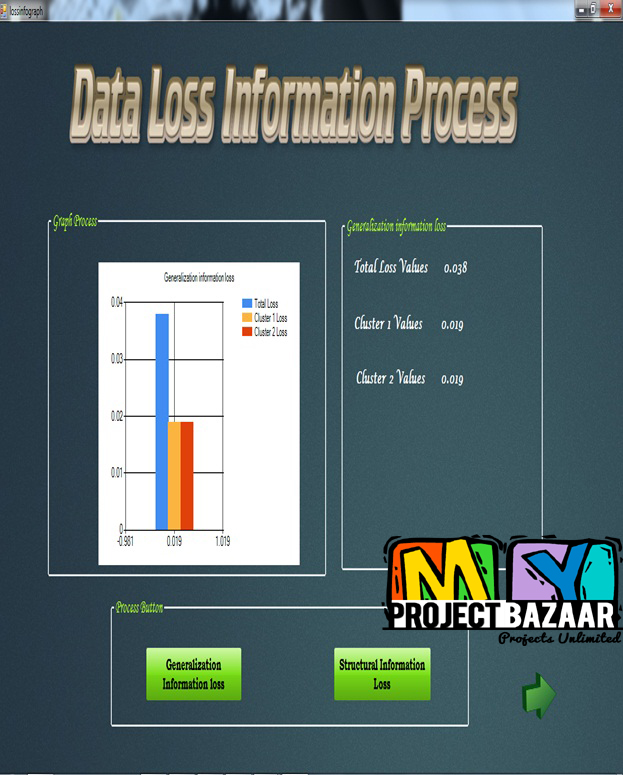
Combining Generative and Discriminative Representation Learning for Lung CT Analysis with Convolutional Restricted Boltzmann Machines
Product Description
Combining Generative and Discriminative Representation Learning for Lung CT Analysis with Convolutional Restricted Boltzmann Machines
Abstract— The choice of features greatly influences the performance of a tissue classification system. Despite this, many systems are built with standard, predefined filter banks that are not optimized for that particular application. Representation learning methods such as restricted Boltzmann machines may outperform these standard filter banks because they learn a feature description directly from the training data. Like many other representation learning methods, restricted Boltzmann machines are unsupervised and are trained with a generative learning objective; this allows them to learn representations from unlabeled data, but does not necessarily produce features that are optimal for classification. In this paper we propose the convolutional classification restricted Boltzmann machine, which combines a generative and a discriminative learning objective. This allows it to learn filters that are good both for describing the training data and for classification. We present experiments with feature learning for lung texture classification and airway detection in CT images. In both applications, a combination of learning objectives outperformed purely discriminative or generative learning, increasing, for instance, the lung tissue classification accuracy by 1 to 8 percentage points.Most feature learning methods use unsupervised models that are trained with unlabeled data. While this can be an advantage because it makes it easier to create a large training set, it can also lead to suboptimal results for classification. < final year projects >
Including Packages
Our Specialization
Support Service
Statistical Report

satisfied customers
3,589
Freelance projects
983
sales on Site
11,021
developers
175+Additional Information
| Domains | |
|---|---|
| Programming Language |
















